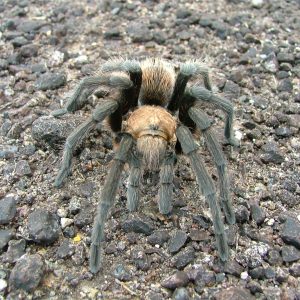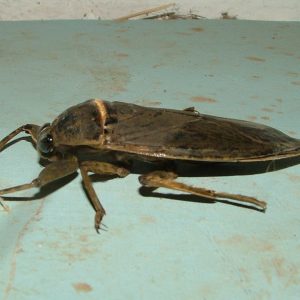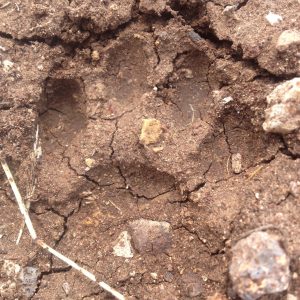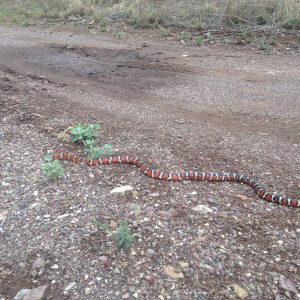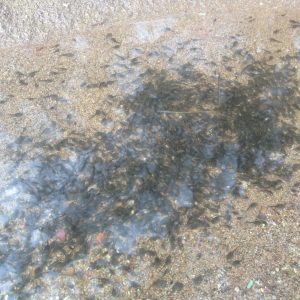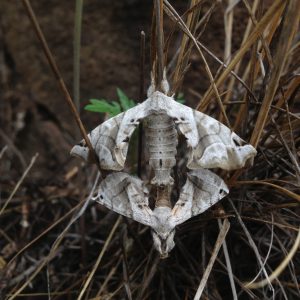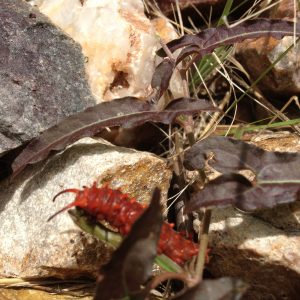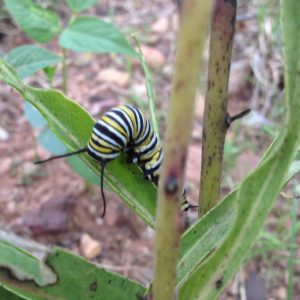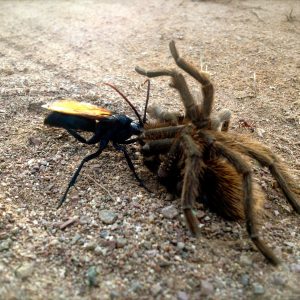I’m signing off from my fantastic adventure that was the SOS/CLM/CBG internship with much gratitude and appreciation to the people and systems that put time, energy and effort into making this program a possibility.
My time with the CLM was slightly different than the experience that most people had. Instead of working in a BLM Field Office, reporting directly to a natural resource specialist within the Bureau of Land Management, I was dispatched to Patagonia, Arizona to work for Borderlands Restoration, L3C. I still had duties that required me to collect seeds using the Seeds of Success protocol, but anything over the 10,000 seed accession that the BLM held on to came back to Patagonia to be used for restoration mother plant populations. Once these mother plant populations are established, we will be able to dramatically ramp up the source of readily available native seeds for use on public and private lands alike.
My favorite aspect of the CLM/SOS/CBG internship is that it connected me with people actively involved in restoration. I was afforded the opportunity to identify native plants in the field while strengthening relationships with conservationists from different federal agencies and private industries alike. I know that the connections I made will continue to develop, even though my funding source will change.
The funding that SOS provided allowed me to develop a seed collection protocol for Borderlands Restoration, passing on knowledge to another organization. I will in turn train future seed collectors with other funding sources to over time increase the available seed resources for future restoration activities. The SOS support also allowed me to set up a seed lab for Borderlands Restoration to clean, assess, and store wild seeds.
Now that I’m equipped as an experienced wild seed steward, I’m excited and honored to continue carrying the torch of seed love. I’m excited to continue developing as a seed scout, harvester, cleaner, hoarder and steward. Thanks for all of the knowledge, resources and support Bureau of Land Management, Seeds of Success, Conservation and Land Management and Chicago Botanical Garden! May this internship continue to bear many yields of delicious fruit

























